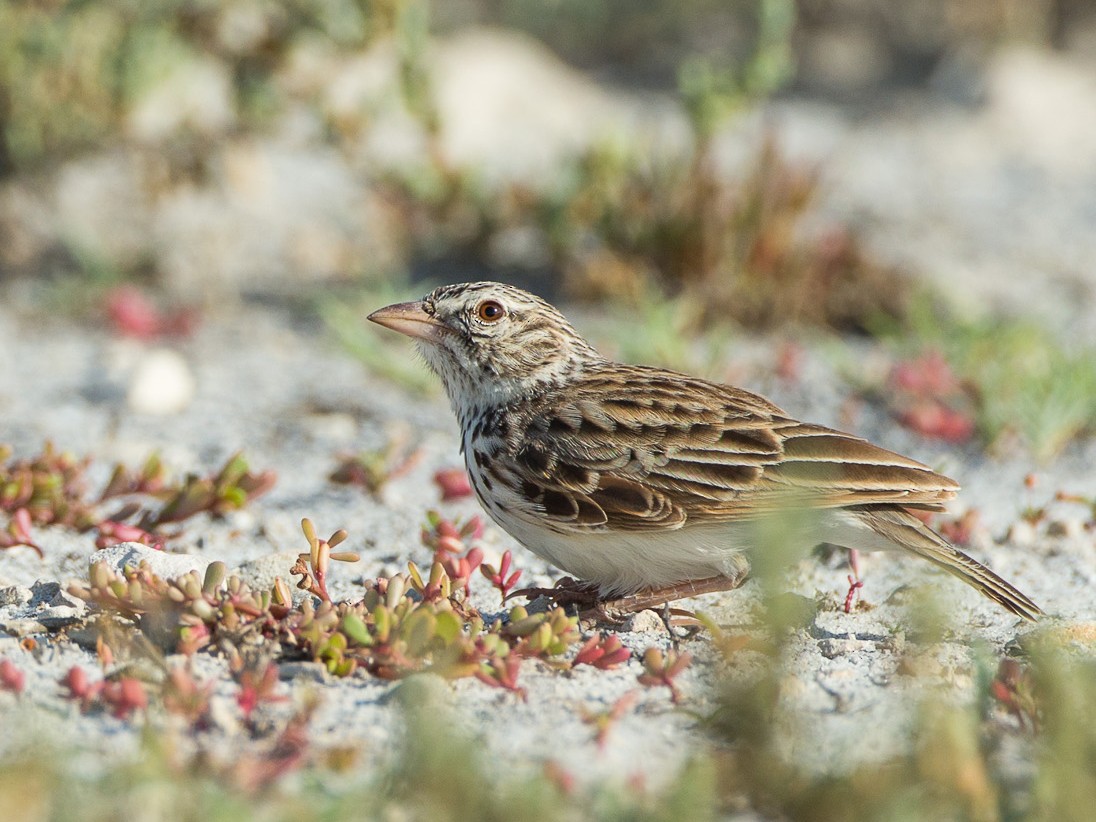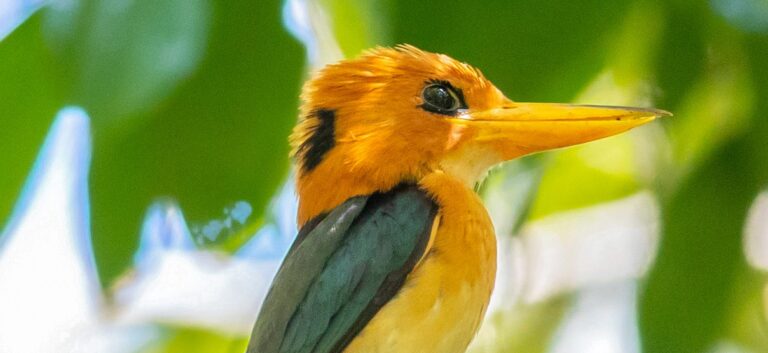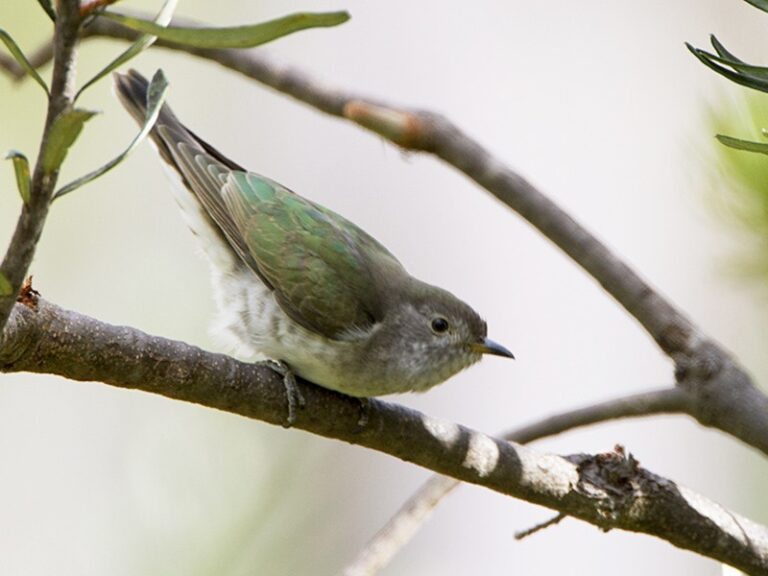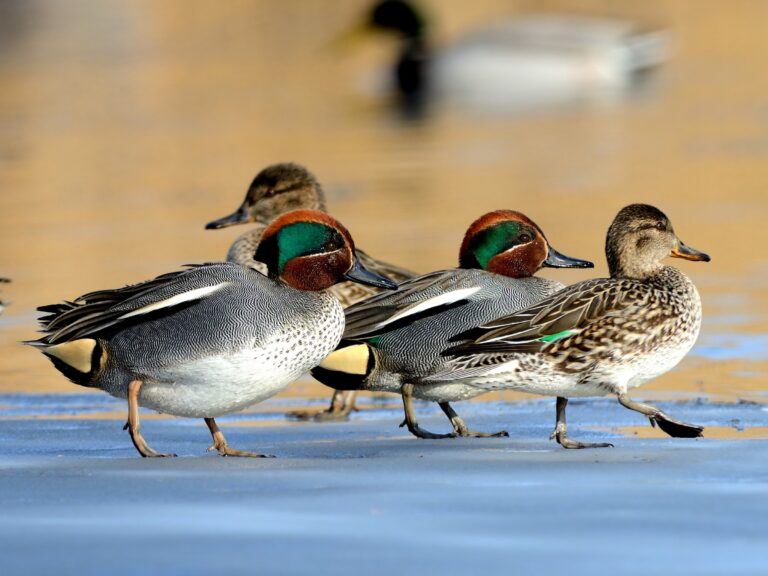Madagascar Lark: Insights into Its Habitat and Conservation Status
The Madagascar Lark, known scientifically as Eremopterix hova, is a fascinating bird endemic to Madagascar.
This unique species plays a vital role in its ecosystem, thriving in the grasslands and open wooded areas of the island.
With its striking plumage and distinctive behavior, the Madagascar Lark offers insights into the rich biodiversity of its native habitat.
These larks are not just visually captivating; they have adapted well to the environmental conditions of Madagascar.
Their population is closely monitored due to conservation efforts aimed at preserving their natural habitats.
This dedication to their conservation highlights the importance of protecting Madagascar’s native species.
Exploring the Madagascar Lark reveals not just a bird, but a symbol of the island’s ecological uniqueness.
Understanding its behavior, habitat, and conservation status helps to appreciate the delicate balance of Madagascar’s ecosystems.
Key Takeaways
- The Madagascar Lark is an endemic species known for its unique adaptations.
- Its habitat includes grasslands and open woodlands unique to Madagascar.
- Conservation efforts focus on protecting this bird and its environment.
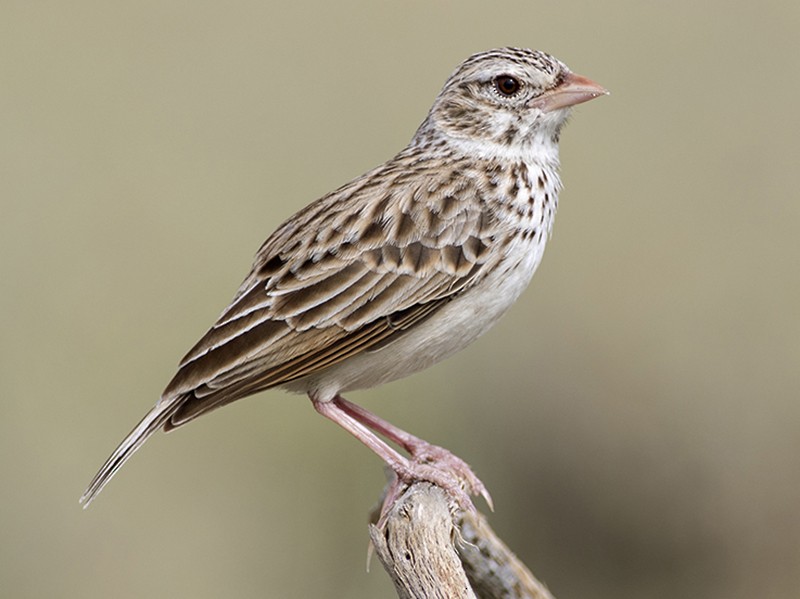
Taxonomy and Classification
The classification of the Madagascar Lark involves understanding its species and its family within the avian order.
This section provides a look at key species and their relationships within the family Alaudidae.
Species Overview
The Madagascar Lark, scientifically known as Eremopterix hova, is unique to Madagascar. This species exhibits specific traits that distinguish it from similar larks.
It has a distinctive plumage, with a blend of brown and buff colors.
This coloring helps it blend into its natural habitat, primarily grasslands and open areas.
The Madagascar Lark mainly feeds on seeds and insects, adapting well to the local ecosystem.
Its song is also notable, often heard during breeding seasons as males establish territory.
Family Alaudidae
The family Alaudidae is commonly known as the lark family, which includes many species found around the world.
These birds are known for their distinctive songs and ground-nesting habits.
The Alaudidae family is characterized by long wings and legs, allowing for agile flight and movement.
They typically inhabit open environments, which suits their foraging lifestyle.
Within this family, larks like the Madagascar Lark play an important role in their ecosystems by helping in seed dispersal.
The taxonomy of this family includes various genera that illustrate a wide range of species, showing how larks adapt to different environments.
Habitat and Range
The Madagascar Lark is primarily found in specific environments that shape its lifestyle. This bird thrives in open habitats, including grasslands and dry shrublands.
Its range is closely tied to the geographical conditions of Madagascar, making it a unique species endemic to the island.
Native Habitat
The Madagascar Lark prefers open spaces where it can forage and nest.
It is commonly seen in grasslands, which provide ample food sources like insects and seeds.
Additionally, it can be found in dry shrublands, where vegetation cover offers both shelter and nesting opportunities.
These habitats are crucial for the bird’s survival, as they allow for easy movement and visibility.
The lark often seeks areas with low vegetation that offer protection while still allowing it to observe its surroundings.
Geographical Range
The geographical range of the Madagascar Lark is limited to Madagascar itself.
It can be found at elevations up to 2,500 meters, particularly in regions with suitable habitat.
The bird is distributed across various localities, adapting to different environmental conditions.
Its preference for open habitats means that it is less likely to be found in dense forest areas, which limits its overall range.
By being strictly endemic, the Madagascar Lark highlights the importance of its specific habitat for conservation efforts. Protecting these open environments will help ensure the survival of this unique species.
Conservation Status
The conservation status of the Madagascar Lark is critical due to its limited population and ongoing threats. Effective measures are needed to protect this unique species and its habitat.
Population Estimates
The Madagascar Lark (Mirafra hova) has a relatively small population, with estimates suggesting there are fewer than 10,000 mature individuals.
BirdLife International evaluates its status, highlighting that this number may continue to decline without proper conservation efforts.
The specific distribution of the Madagascar Lark is restricted to the central and southern regions of Madagascar, where it primarily inhabits open grasslands.
Its habitat preferences make it vulnerable to changes in land use and environmental conditions.
Monitoring initiatives aim to gather more precise data, helping to inform future conservation strategies.
Threats and Challenges
Several threats impact the Madagascar Lark’s survival.
Habitat loss through agricultural expansion, deforestation, and land development poses significant risks.
These activities reduce the extent of suitable habitat, disrupting the lark’s nesting and feeding areas.
Another challenge is the introduction of invasive species, which can compete for resources and alter the ecosystem.
Climate change also threatens the lark by affecting rainfall patterns and temperatures, which further disrupts their habitat.
Conservation efforts must address these challenges to ensure the Madagascar Lark’s survival and promote biodiversity in its native environment.
Physical Characteristics
The Madagascar Lark, known scientifically as Eremopterix hova, has distinctive features that set it apart from other bird species. Its appearance includes various physical traits that are important for identification.
Description
The Madagascar Lark has a slender body and a long tail. Its plumage is mostly sandy to light brown, which provides excellent camouflage in its natural habitat.
This bird has a striking white throat and a unique pattern on its wings.
Additionally, it has a short, sturdy bill that is perfect for foraging on the ground.
The bird’s eyes are dark and sharp, allowing it to spot predators or food with ease.
When seen in the wild, its overall appearance is adapted for both hunting and evading threats.
Size and Weight
In terms of size, the Madagascar Lark is a medium-bodied bird. It typically measures about 17 to 20 centimeters in length.
Its weight ranges from 30 to 40 grams, making it light enough for agile movement across the ground and low shrubs.
The combination of size and weight allows the bird to be quick and nimble, enhancing its ability to escape predators and search for insects or seeds, which make up its diet.
Behavior and Ecology
The Madagascar Lark, known scientifically as Eremopterix hova, exhibits distinctive behaviors and ecological traits. Its feeding habits and reproductive behavior are essential aspects of its life in the diverse habitats of Madagascar.
Feeding Habits
Madagascar Larks primarily feed on seeds, especially those from grasses.
They forage on the ground, using their strong legs to scratch the soil and uncover hidden food sources.
Their diet can also include small insects, particularly during the breeding season when they require higher protein intake.
These birds often forage in groups, which can increase their foraging efficiency.
Their ability to adapt to different environments allows them to thrive in grasslands and savannas, making them resourceful in finding food across various landscapes.
Reproductive Behavior
During the breeding season, the Madagascar Lark engages in elaborate courtship displays.
Males perform aerial displays to attract females, showcasing their agility and vocal skills.
The males sing a variety of songs, which serve both to attract mates and to establish territory.
Nesting typically occurs on the ground, where the female builds a simple nest using grasses and other plant materials.
She usually lays around three to five eggs, which are incubated for approximately two weeks.
After hatching, both parents are involved in feeding the chicks, demonstrating a cooperative breeding strategy that enhances chick survival rates.
Additional Information
The Madagascar Lark is a fascinating bird species with unique ecological roles and interesting research opportunities. This section provides valuable insights into research efforts and available resources for those interested in studying this bird.
Research and Studies
Research on the Madagascar Lark focuses on its habitat, behavior, and conservation status. Studies often highlight its presence in grassland and scrub environments.
These birds are known for their distinctive calls, which play a vital role in communication.
Field surveys have been conducted to assess the population size and distribution of the Madagascar Lark.
Research often aims to understand the impacts of habitat loss and degradation on their numbers.
Conservation efforts are crucial given the limited range of these birds, and organizations are actively working to protect their habitats.
Additionally, collaborative research involving local communities can enhance the understanding of the Madagascar Lark’s role in the ecosystem.
Effective communication of research findings assists in raising awareness about the importance of preserving this species.
Downloadable Resources
For those interested in exploring more about the Madagascar Lark, various downloadable resources are available.
These resources can include bird identification guides, detailed studies, and conservation reports.
Featured materials may provide in-depth information about the bird’s habitat requirements and behavior.
High-quality images and audio recordings can assist in recognizing the Madagascar Lark in the field.
Additionally, some resources offer data sets for researchers looking to analyze population trends or conduct further studies.
Accessing these materials can greatly benefit both amateur birdwatchers and professional researchers committed to the conservation of the Madagascar Lark.
Frequently Asked Questions
The Madagascar Lark, known for its unique features and behaviors, raises several common questions. This section addresses key points about its characteristics, habitats, behavior, conservation, population status, and diet.
What are the distinguishing characteristics of the Madagascar Lark?
The Madagascar Lark has several notable features. It typically has a streaked brown or buff plumage, which helps it blend into its grassy surroundings.
Its unique song is a series of melodious notes that sound distinct among larks.
Which habitats in Madagascar are most commonly inhabited by larks?
Madagascar Larks primarily inhabit grasslands and savannas. They are often found in areas with tall grasses, where they can forage for food and nest safely.
They prefer open spaces that provide plenty of cover.
How does the Madagascar Lark’s behavior differ from other larks?
The Madagascar Lark exhibits some unique behaviors. They are known to be quite territorial, often engaging in vocal displays to defend their space.
Unlike some other larks, they may also forage in pairs or small groups instead of alone.
What conservation efforts exist to protect larks in Madagascar?
Various organizations are working to protect the Madagascar Lark and its habitat. Efforts include habitat restoration and management programs aimed at reducing deforestation.
Education campaigns also raise awareness about the importance of preserving these birds.
What is the status of the Madagascar Lark population?
The Madagascar Lark population is currently considered to be stable, though it faces potential threats from habitat loss.
Regular monitoring helps track any changes in their numbers and ensures timely conservation actions are taken.
Can you describe the diet and feeding habits of the Madagascar Lark?
The Madagascar Lark primarily feeds on insects and seeds. They are ground foragers, often found scratching the soil to uncover food.
This diet helps provide the necessary nutrients for their survival and reproductive success.
